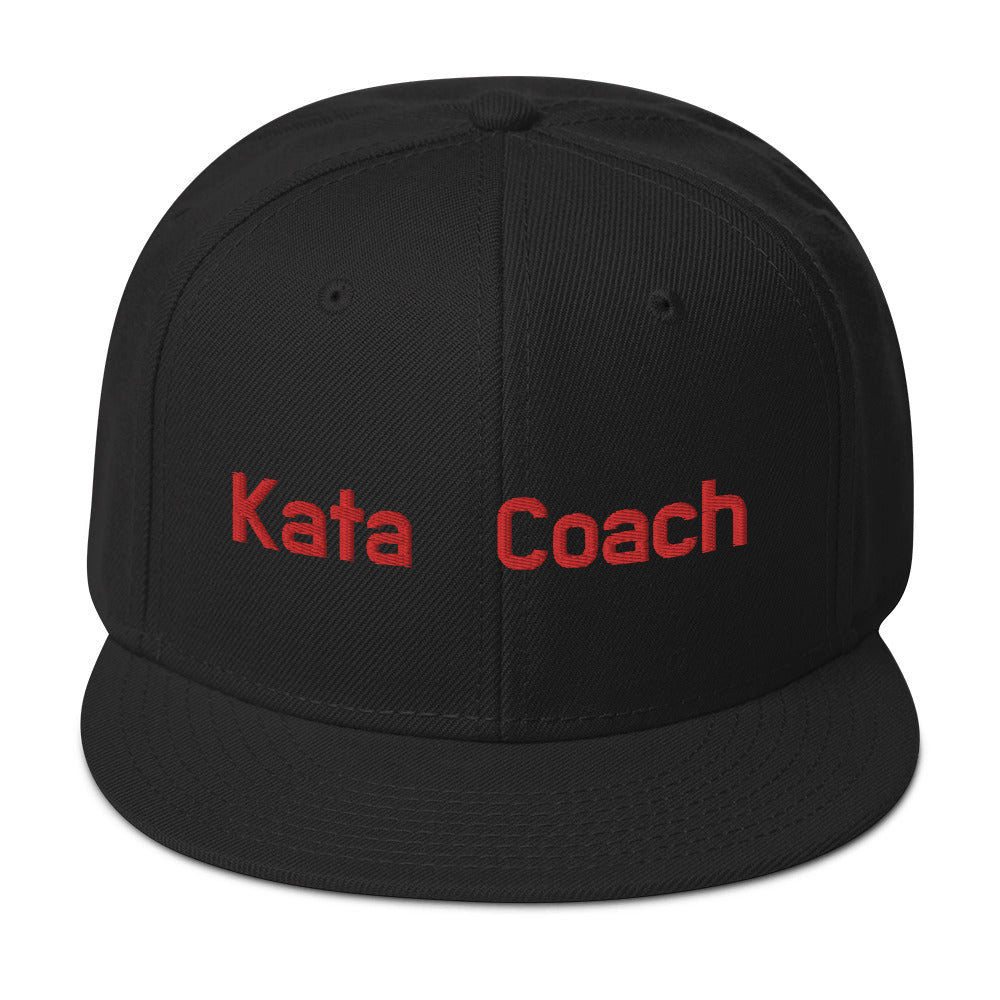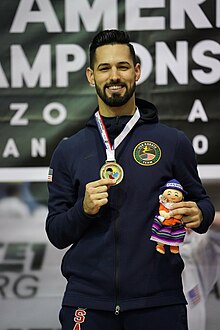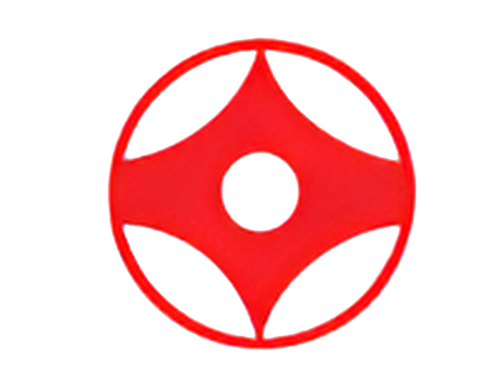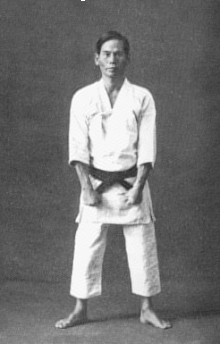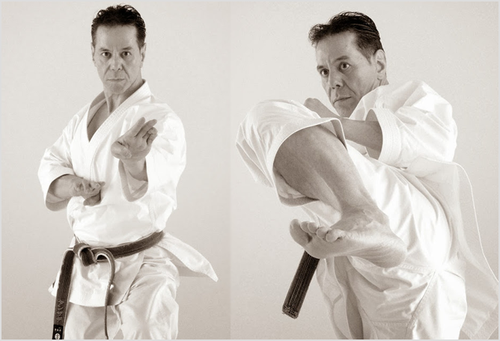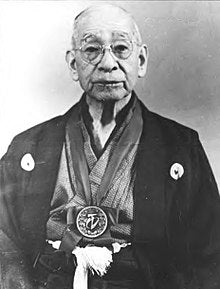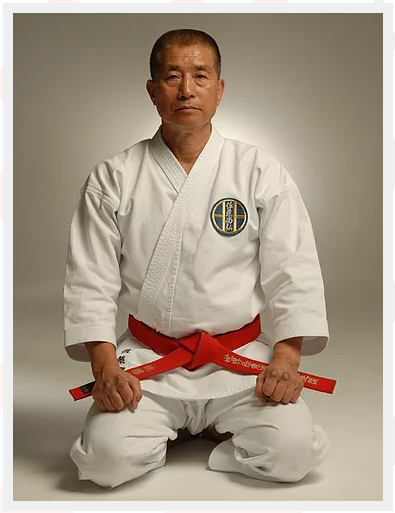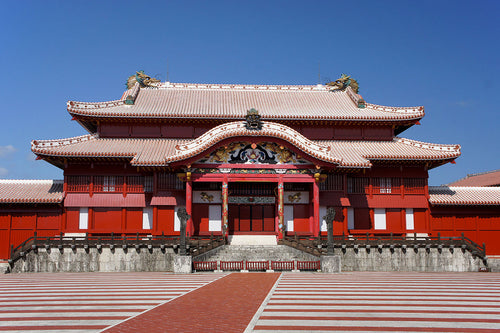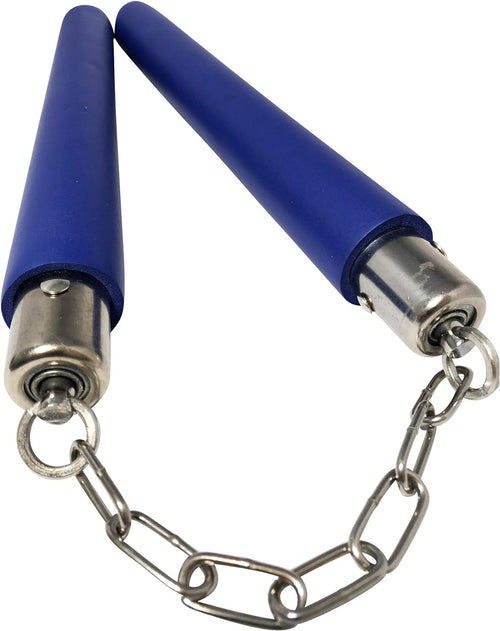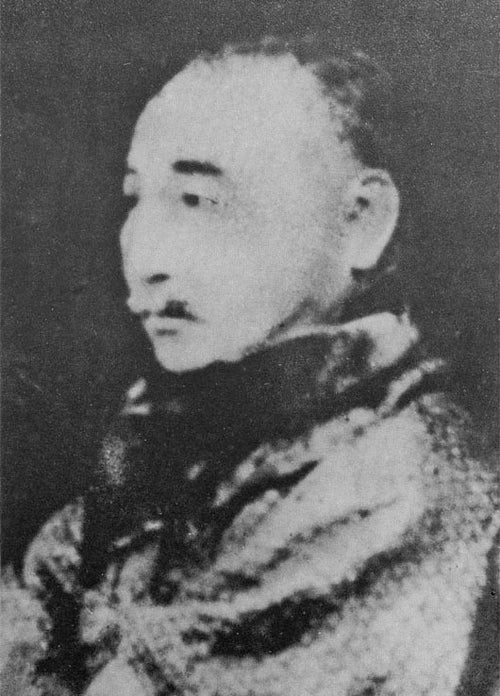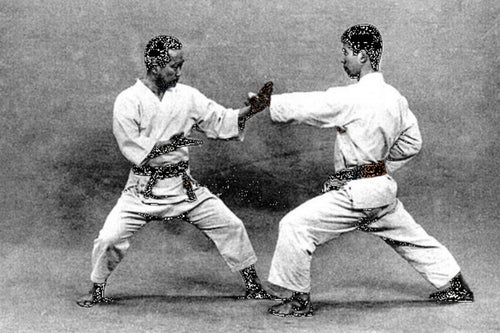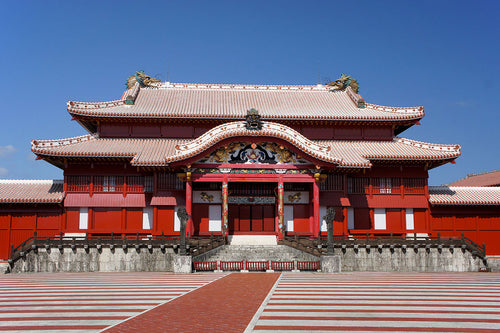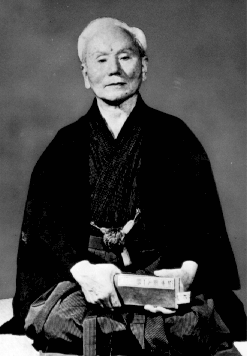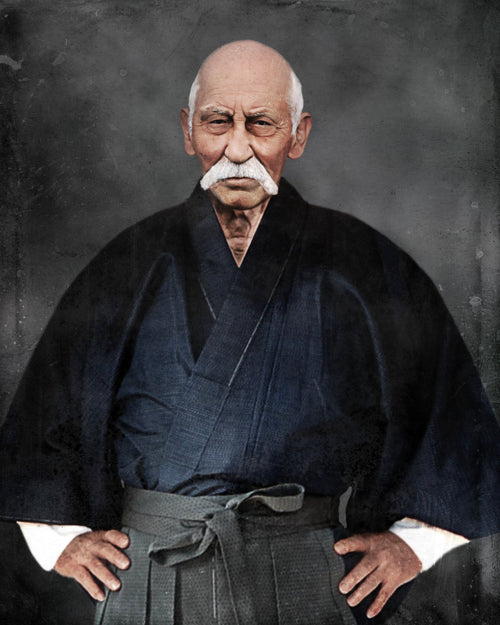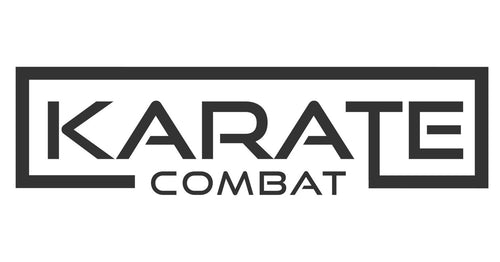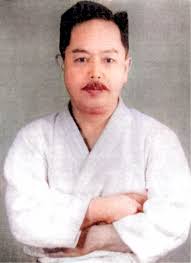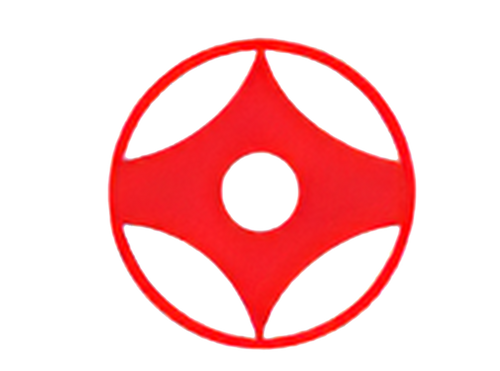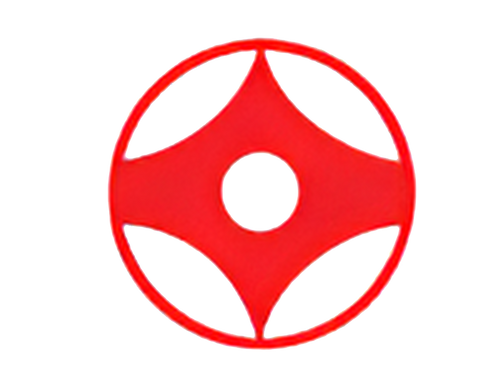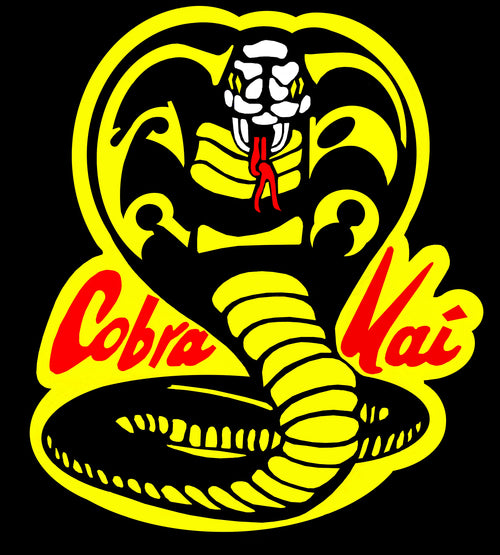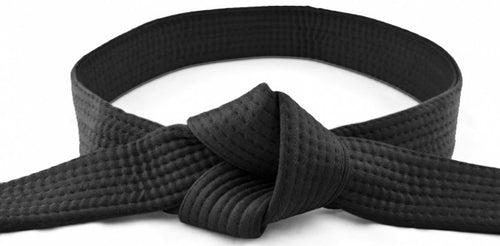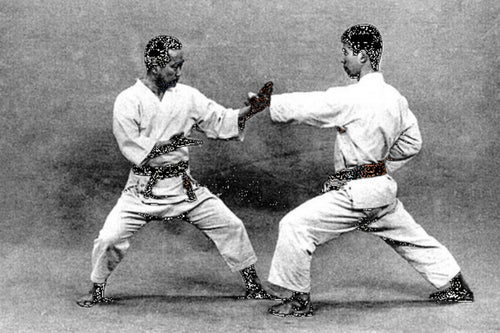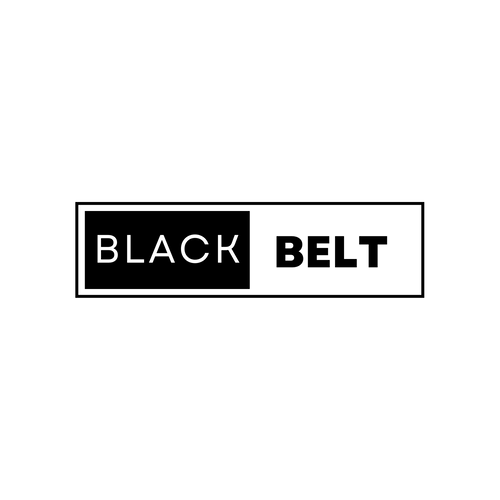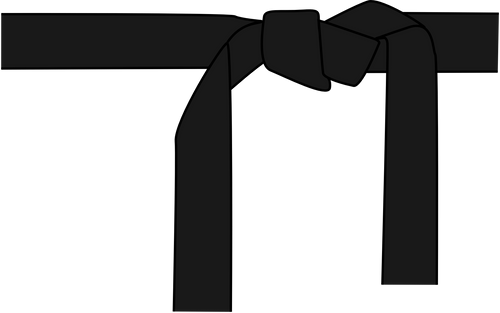10 Essential Techniques Every Kyokushin Karate Practitioner Should Know
As a Kyokushin Karate practitioner, mastering essential techniques is crucial for your development and success in this martial art. These techniques form the foundation of your training and are essential for self-defense, discipline, and physical fitness. In this article, we will explore ten essential techniques that every Kyokushin Karate practitioner should know.
1. Front Kick (Mae Geri)
The front kick, or Mae Geri, is one of the most basic and effective techniques in Kyokushin Karate. It involves extending your leg forward and striking your opponent with the ball of your foot. This kick can be used to target various areas of the body, including the chest, abdomen, and legs.
By practicing the front kick, you develop leg strength, flexibility, and accuracy. It is essential to maintain proper form and balance while executing this technique.
2. Roundhouse Kick (Mawashi Geri)
The roundhouse kick, or Mawashi Geri, is a powerful and versatile technique in Kyokushin Karate. It involves a circular motion of the leg, striking the opponent with the top of the foot or the shin. This kick can target the head, ribs, or legs, depending on the situation.
Practicing the roundhouse kick helps improve hip mobility, balance, and leg speed. It is crucial to maintain a strong stance and pivot on the supporting leg to generate maximum power.
3. Side Kick (Yoko Geri)
The side kick, or Yoko Geri, is a fast and powerful technique used in Kyokushin Karate. It involves extending your leg sideways and striking the opponent with the heel or the blade of the foot. This kick can be used to target the ribs, abdomen, or head.
Developing proper hip rotation and balance is essential for executing the side kick effectively. Regular practice enhances flexibility, leg strength, and kicking speed.
4. Axe Kick (Kakato Geri)
The axe kick, or Kakato Geri, is a downward strike that targets the opponent's head, shoulder, or collarbone. It involves raising your leg high and then driving it downward with the heel.
Mastering the axe kick requires flexibility, timing, and accuracy. Regular practice improves balance, leg strength, and control over the kicking motion.
5. Front Punch (Choku Zuki)
The front punch, or Choku Zuki, is a fundamental technique in Kyokushin Karate. It involves extending your arm forward, keeping the wrist straight, and striking with the first two knuckles. This punch can be directed at the face, chest, or abdomen.
Developing proper body alignment, shoulder rotation, and speed is essential for executing an effective front punch. Regular practice enhances upper body strength, coordination, and focus.
6. Hook Punch (Kagi Zuki)
The hook punch, or Kagi Zuki, is a curved punch that targets the opponent's chin or temple. It involves a rotational movement of the arm and wrist, striking with the knuckles of the index and middle fingers.
Mastering the hook punch requires proper body rotation, coordination, and timing. Regular practice improves arm strength, speed, and accuracy.
7. Elbow Strike (Empi Uchi)
The elbow strike, or Empi Uchi, is a close-range technique used in Kyokushin Karate. It involves striking the opponent with the point of the elbow, targeting areas such as the face, chest, or ribs.
Developing proper hip movement, body positioning, and accuracy is crucial for executing effective elbow strikes. Regular practice enhances upper body strength, control, and the ability to generate power from short distances.
8. Knee Strike (Hiza Geri)
The knee strike, or Hiza Geri, is a powerful technique used in close-range combat. It involves driving the knee upward, targeting the opponent's groin, abdomen, or face.
Mastering the knee strike requires good balance, hip flexibility, and control. Regular practice improves leg strength, stability, and the ability to generate power from short distances.
9. Sweeping Technique (Harai)
The sweeping technique, or Harai, involves using a sweeping motion with your leg to destabilize your opponent and knock them off balance. This technique is effective for controlling the distance and creating opportunities for follow-up attacks.
Developing proper timing, footwork, and coordination is crucial for executing effective sweeps. Regular practice improves balance, leg strength, and the ability to disrupt your opponent's stance.
10. Defense Techniques (Uke Waza)
Defense techniques, or Uke Waza, are essential for protecting yourself during combat. These techniques include blocks, parries, and evasive movements to neutralize or minimize the impact of your opponent's attacks.
Mastering defense techniques requires quick reflexes, awareness, and precise timing. Regular practice enhances your ability to read your opponent's movements, maintain a strong defense, and create counter-attacking opportunities.
